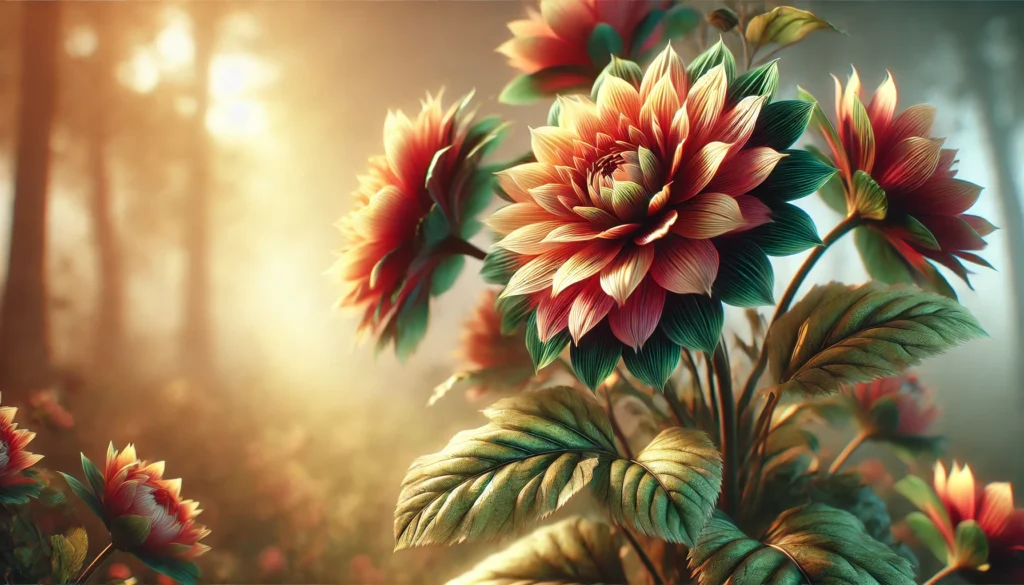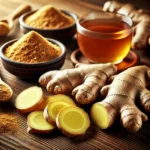Drawing:b6yad8or5mm= Flower are nature’s most delicate and vibrant creation, symbolizing beauty, love, and life. Each flower, with its unique structure and color, serves as a vital part of the ecosystem, contributing to plant reproduction and pollination.
Table of Contents
2. Anatomy of a Drawing:b6yad8or5mm= Flower

Drawing:b6yad8or5mm= Flower A typical flower consists of four main parts: the petals, sepals, stamens, and carpels. Each part plays a specific role, from attracting pollinators to supporting the reproductive process. Drawing:b6yad8or5mm= Flower The petals, often the most visually striking, are responsible for drawing in bees, butterflies, and other pollinators.
3. Petals: The Colors of Life
Petals come in various shapes and colors, from soft pastels to bright, bold hues. They not only attract pollinators but also protect the reproductive organs of the flower.Drawing:b6yad8or5mm= Flower Their colors are a result of pigments like anthocyanins and carotenoids, which create a breathtaking array of shades.
4. Sepals: The Flower’s Guardians
Sepals are the green, leaf-like structures that encase the flower bud, protecting it from external elements. While they are less colorful than petals, their role in supporting and safeguarding the flower is critical to its development.
5. Stamens: The Male Reproductive Organs
The stamen is the flower’s male reproductive organ, composed of the anther and filament. Drawing:b6yad8or5mm= Flower The anther produces pollen, which contains the male gametes. Pollination occurs when this pollen is transferred to the female part of a flower, enabling fertilization.
6. Carpels: The Female Reproductive Organs

The carpel, also known as the pistil, is the female reproductive part of the flower. It consists of the stigma, style, and ovary. The stigma receives the pollen, which travels down the style to fertilize the ovules in the ovary,Drawing:b6yad8or5mm= Flower leading to seed production.
7. The Role of Pollination
Pollination is essential for the reproduction of flowering plants. It can occur through various methods, including wind, water, and animals like bees, birds, and bats. The transfer of pollen allows flowers to produce seeds, ensuring the continuation of plant species.
8. Types of Flowers Based on Pollination
Flowers are often categorized based on their pollination mechanisms. Some, like roses and sunflowers, rely on animal pollinators, while others, such as grasses, depend on the wind. Drawing:b6yad8or5mm= Flower This classification highlights the diversity of pollination strategies in the plant kingdom. Drawing:b6yad8or5mm= Flower
9. Flowers and Human Culture
Throughout history, flowers have played a significant role in human culture, symbolizing emotions like love, peace, and sorrow. From ancient Egyptian garlands to modern-day bouquets, flowers have been used to convey messages without words.
10. Flowers in Art and Literature
Flowers have inspired countless artists and writers over the centuries. From Van Gogh’s sunflower paintings to Shakespeare’s references to roses, the beauty and symbolism of flowers have been immortalized in creative works worldwide.
11. Medicinal Uses of Flowers
Many flowers possess medicinal properties and have been used in traditional medicine for centuries. For example, chamomile flowers are known for their calming effects, while hibiscus flowers are rich in antioxidants and can be used to lower blood pressure.
12. The Economic Importance of Flowers
Flowers are not only aesthetically pleasing but also economically valuable. The global floriculture industry thrives on the cultivation, sale, and trade of flowers, with millions of people worldwide relying on this industry for their livelihoods.
13. Seasonal Flowers: A Timely Bloom
Different flowers bloom at different times of the year, creating seasonal displays of color. Spring flowers like tulips and daffodils signal new beginnings, while summer flowers like lilies and daisies add vibrancy to gardens and landscapes. Drawing:b6yad8or5mm= Flower
14. Endangered Flower Species
While many flowers are abundant, others are at risk of extinction due to habitat loss and climate change. Conservation efforts are underway to protect endangered species like the ghost orchid and the Franklin tree, ensuring they continue to thrive in the wild.
15. The Science Behind Flower Scent
The alluring scent of flowers comes from volatile organic compounds that are released into the air. These compounds serve to attract pollinators, and their chemical makeup can vary widely between species, resulting in a range of fragrances from sweet to spicy.
16. Flower Symbolism Around the World
Different cultures assign various meanings to flowers. For instance, in Western culture, the red rose symbolizes love and passion, while in Japan, the cherry blossom represents the fleeting nature of life. These symbolic meanings have deep roots in cultural traditions.
17. The Evolution of Flowering Plants
Flowering plants, or angiosperms, are believed to have evolved over 140 million years ago. They have since diversified into the most extensive group of plants on Earth, adapting to various environments and contributing to the planet’s biodiversity.
18. The Role of Flowers in Ecosystems
Flowers play a crucial role in sustaining ecosystems by providing food and habitat for various organisms. Pollinators, such as bees and butterflies, depend on flowers for nectar, while flowers rely on these animals for reproduction, creating a symbiotic relationship.
19. Urban Gardening and Flowers
In urban areas, flowers are often grown in small spaces, such as balconies and rooftop gardens, to enhance the aesthetic appeal and promote biodiversity. Urban gardening has become a popular way to introduce greenery into city environments.
20. Artificial Flowers: A Man-Made Beauty
While real flowers are irreplaceable, artificial flowers offer a long-lasting alternative for decoration. Made from materials like silk or plastic, these replicas are crafted to mimic the beauty of natural flowers without the need for care and maintenance.
21. Environmental Impact of Flower Cultivation
The large-scale cultivation of flowers, especially in regions like Africa and South America, can have environmental impacts. Pesticide use, water consumption, and carbon emissions are critical issues in the industry, prompting a push toward sustainable practices.
22. Conclusion: The Timeless Charm of Flowers
Flowers, in their beauty and complexity, continue to captivate humanity. Whether admired for their aesthetic appeal or valued for their role in the ecosystem, flowers are an enduring symbol of life, growth, and renewal in the natural world.







